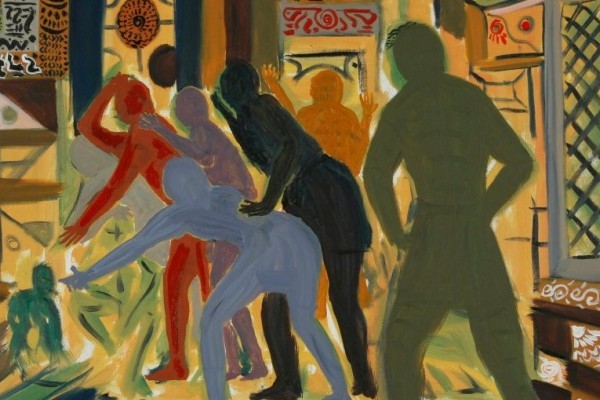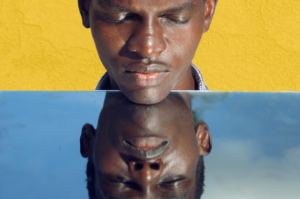The sonnet may not have been invented in Africa, but our poets write beautiful sonnets everyday. Novels may not have been invented in Africa, but our novels are some of the most beautiful ever written.
We do have inventions of our own, though. African writers have always played with form and style and content in a bid to create new ways of writing and new objects for the literary market.
Here is the second in a weekly series showcasing literary forms that emerged out of the African context—literary inventions that could not have appeared anywhere else.
Phantasia Novels
I came across this term in D. O. Fagunwa’s 1960 essay about how to write a novel. Fagunwa is a Nigerian fantasist who wrote mostly in Yoruba.
“The term phantasia novels,” he writes, “is an invention used for describing novels written in African languages in Nigeria.”
These novels, he goes on to explain, “have something of fantasy in them.” They are written in indigenous languages and are often wildly imaginative, featuring ghosts, spirits, and strange creatures.
It’s hard to categorize these endlessly puzzling, gripping, outlandish stories, but I’ll settle for something between gothic and surrealism. These are texts exploring zones of existence that are oblique to the everyday.
Fagunwa has always been open about his dislike for realist fiction. He believed that writing about love and money and other aspects of everyday life was an artistic cop-out.
There was something too easy about writing stories about things that happen in everyday life.
“The mysterious,” on the other hand, “is perhaps the most difficult to write,” he remarks.
“The writer goes…into the world of the imagination and therefore it is necessary for him to have had an inborn gift of imagination.”
Phantasia novels was his way of capturing what he saw as a uniquely African idea of the mysterious.
These stories are often centered on a male character while featuring powerful female figures. The principal character finds he has to shuttle between two spaces—a village, town, or city, on the one hand, and a forest. For some reason, he has to leave his home and head on into the forest where the bulk of the narrative takes place.
The forest is a space of psychedelic disruptions where it feels like you’re somewhere between a Grace Jones music video and an Alice in the Wonderland scene. Time gets warped. Space is sometimes infinitely expanded or compressed. The human body is always in transformation, morphing into objects and animal forms. And there isn’t a shortage of creatures—some daemonic, others cyborgian.
The obvious origin of the stories in phantasia novels is African folk tales. But Fagunwa points to another link, one that you’ll find surprising—16th and 17th century English allegorical poetry. To be specific, John Bunyan’s The Pilgrim’s Progress and Edmund Spenser’s Faerie Queene.
Fagunwa insists that the monsters and creatures in Bunyan’s and Spenser’s texts have something to tell us about these mid-century Yoruba novels crowded with weird creatures.
If Fagunwa’s first novel, Ògbójú Ọdẹ nínú Igbó Irúnmalẹ̀ (1938), translated by Wole Soyinka as Forest of a Thousand Daemons, is the perfect example of a phantasia novel, Amos Tutuola’s The Palmwine Drinkard is the first phantasia novel written in English.
Are there any African novelists today writing phantasia novels? I’d say Nnedi Okorafor, Lauren Beukes, and Ben Okri all write novels that stay true to Fagunwa’s idea of the African mysterious.
#AfricanLiteraryInventions is a series. Read about “Soyinka’s Prisonettes” HERE.
*******************
Image:
B. C. Okah. Check out more of his stunning images HERE.










Literary Things Invented by African Writers | Onitsha Market Pamphlets | Brittle Paper June 22, 2015 09:32
[…] Literary Things Invented by African Writers | Fagunwa’s Phantasia Novels […]